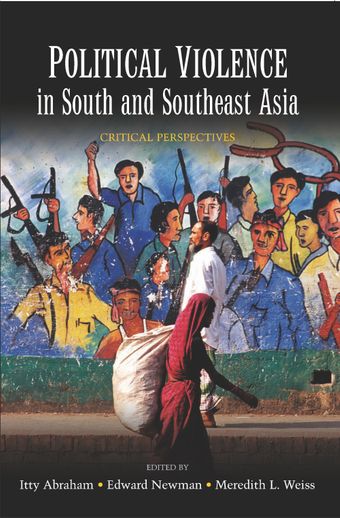On the borderlines: Politics, religion and violence in Bangladesh

- Autor: Naureen Chowdhury Fink
- Main Title: Political Violence in South and Southeast Asia , pp 91-111
- Fecha de la publicación: octubre 2013
- DOI: https://doi.org/10.18356/f63588bf-en
- Language: Inglés
The borders of new states represent sites of contention on two different levels: physical and intellectual. The physical border challenges the government of the state to extend its authority and meet its obligations to citizens within the territory which it encapsulates; to match its “juridical” authority with “empirical authority” and fulfil the criteria for independent statehood. Moreover, governments are charged with its protection and ensuring that it is not breached by illicit movements of people or goods. On the intellectual level, borders present a need for the creation of a national identity that justifies political independence, the very raison d’être of the borders. This involves the creation of a national narrative and posits choices regarding the nature of the new state and its institutional structure, as well as political mechanisms for managing the statesociety relationship. The physicality of the new boundary and its intellectual basis also force new social and political decisions. Benedict Anderson’s “imagined community” becomes all too real as those living in the border areas or enclaves on either side of the political boundary are forced by the appearance of a barrier to identify themselves with a national enterprise and relinquish bonds of community shared with those across a political boundary.
© United Nations
ISBN (PDF):
9789210563321
Book DOI:
https://doi.org/10.18356/bb9924ee-en
Temas relacionados(s):
Human Rights and Refugees
Sustainable Development Goals:
Countries:
Bangladesh
-
From This Site
/content/books/9789210563321c007dcterms_title,dcterms_subject,pub_keyword-contentType:Journal -contentType:Contributor -contentType:Concept -contentType:Institution105
/content/books/9789210563321c007
dcterms_title,dcterms_subject,pub_keyword
-contentType:Journal -contentType:Contributor -contentType:Concept -contentType:Institution
10
5

